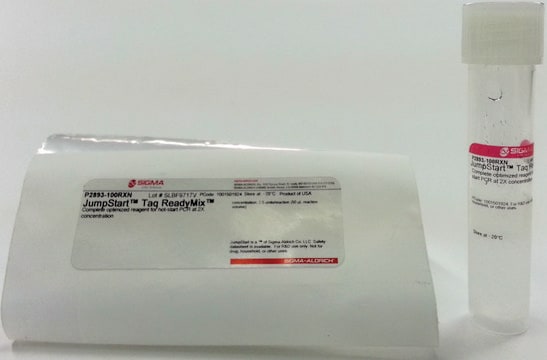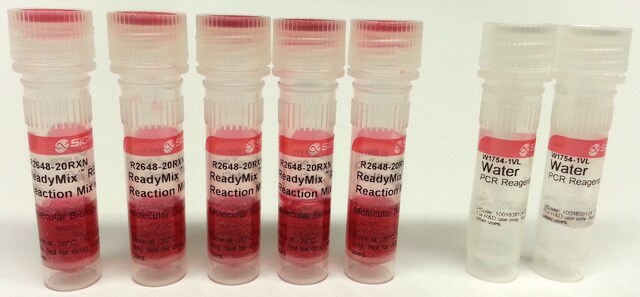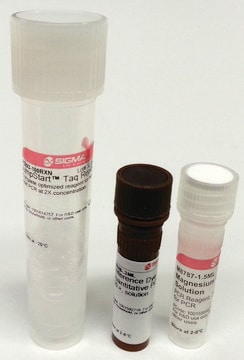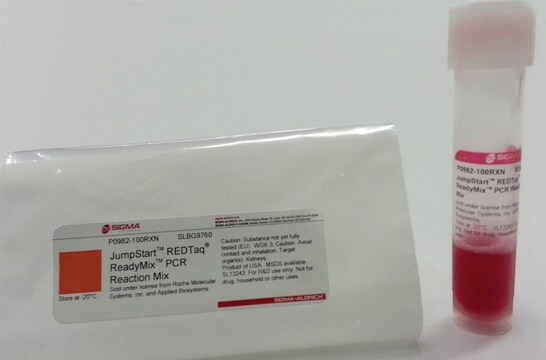S9765
Starch, soluble
ACS reagent
Synonym(s):
Soluble Starch
About This Item
Recommended Products
biological source
potato
Quality Level
grade
ACS reagent
form
powder
ign. residue
≤0.4%
color
white
pH
5.0-7.0 (25 °C, 2% in solution)
mp
256 -258 °C ((493 - 496 °F ))
solubility
H2O: passes test
suitability
passes test for sensitivity as indicator
storage temp.
room temp
InChI
1S/C12H22O11/c13-1-3-5(15)6(16)9(19)12(22-3)23-10-4(2-14)21-11(20)8(18)7(10)17/h3-20H,1-2H2/t3-,4-,5-,6+,7-,8-,9-,10-,11+,12-/m1/s1
InChI key
GUBGYTABKSRVRQ-ASMJPISFSA-N
Looking for similar products? Visit Product Comparison Guide
Application
- as a reference standard in amyloglucosidase activity assay
- as a substrate for amylase activity in digestive system homogenates of fish
- as a component of feed solution in simulated human intestinal redox model
Biochem/physiol Actions
Preparation Note
There should be no noticeable change in opalescence.
Other Notes
Storage Class Code
11 - Combustible Solids
WGK
WGK 1
Flash Point(F)
Not applicable
Flash Point(C)
Not applicable
Personal Protective Equipment
Choose from one of the most recent versions:
Already Own This Product?
Find documentation for the products that you have recently purchased in the Document Library.
Our team of scientists has experience in all areas of research including Life Science, Material Science, Chemical Synthesis, Chromatography, Analytical and many others.
Contact Technical Service






